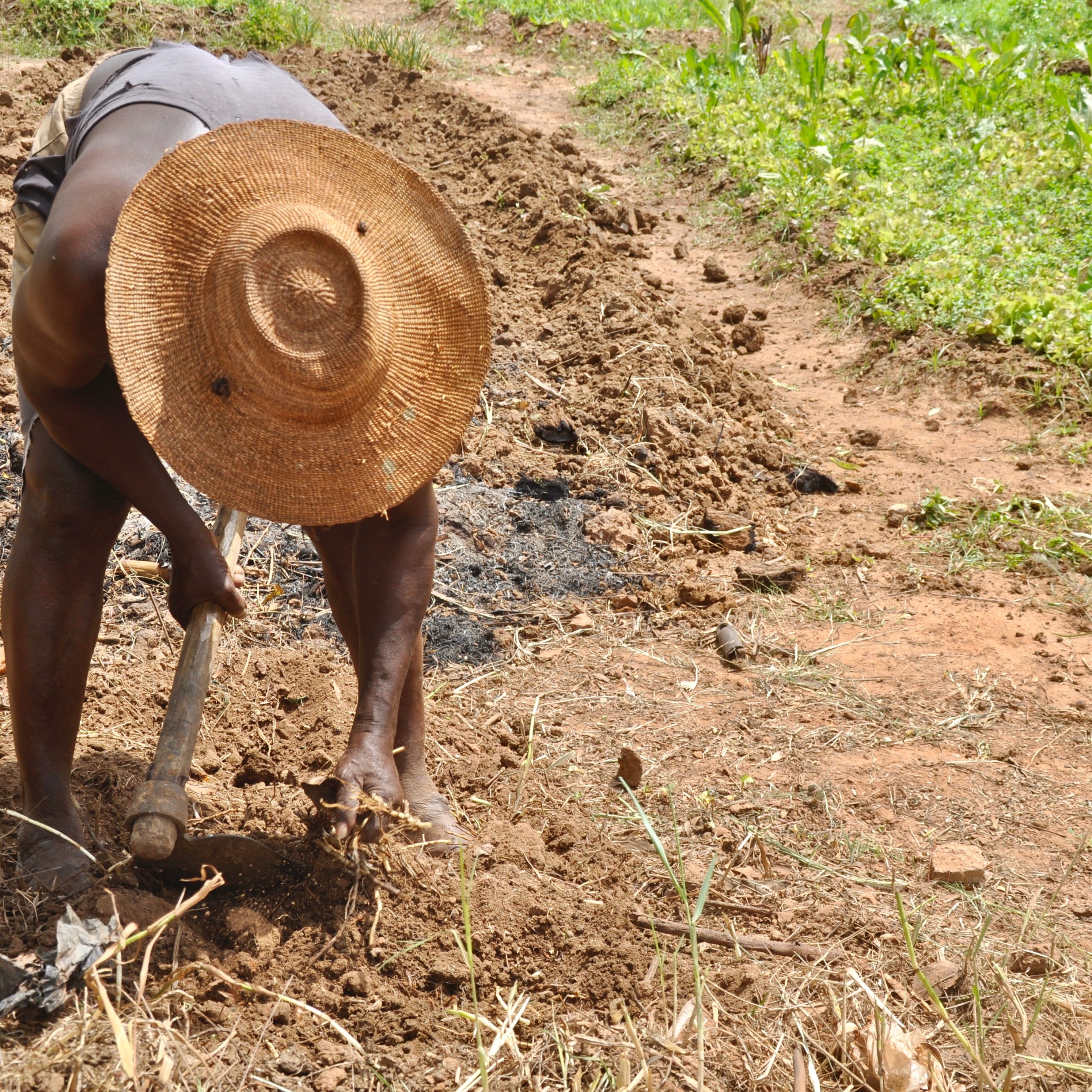Harsh dry season sours harvest prospects for Java coffee farmers

In the fertile lands of East Java, Indonesia, coffee farmers face a grim reality as a prolonged dry season precipitated by El Niño wreaks havoc on their crops. Indonesia, ranking as the world’s fourth-largest coffee producer, is witnessing a stark decline in coffee production, with forecasts predicting a drop of over 20% this season. This downturn not only affects local farmers but also signals a concerning trend for the global coffee market.
Farmers in the region, like Saturi from Jember district, have encountered severe challenges, including diminished yields due to water shortages and pest infestations. Saturi, who typically harvests around 2.5 metric tons of coffee beans per season, now faces a drastic reduction, expecting less than a ton this year. “The weather has meant there have been a lot of fires,” Saturi lamented, highlighting the adverse effects of extreme weather patterns on coffee cultivation.
The shift from excessive rainfall, attributed to a La Niña climate pattern between 2020 and 2022, to the current drought conditions underscores the vulnerability of coffee production to climate variability. The impact of El Niño, characterized by above-average Pacific temperatures leading to dry weather in Southeast Asia, has been particularly detrimental. Coffee plants, which suffer from both torrential rains and prolonged dry spells, are experiencing stunted growth and reduced flower production.
Indonesia’s coffee output, which reached almost 12 million 60-kilogram sacks in the previous season, is anticipated to fall below 10 million sacks. This marks the lowest production level in over a decade, emphasizing the critical nature of current climatic challenges.
The situation is further exacerbated by the scarcity of resources such as fertilizers, which are vital for coffee cultivation. Farmers like Saturi voice concerns over the lack of government support and the high costs of essential inputs. Despite attempts at diversification, such as planting fast-growing papaya, the relentless heat continues to compromise the viability of alternative crops.
Experts from the Indonesian Coffee and Cocoa Research Center (Puslitkoka) indicate that El Niño’s impacts vary across regions. While some highland areas in Sumatra may experience benefits, lowland regions are suffering significantly. Predictions by Indonesia’s national meteorology agency, BMKG, suggest that El Niño conditions will persist into 2024, further endangering the coffee harvest and the livelihoods of farmers like Saturi.
The decline in coffee production in Indonesia, a key player in the global market, could have far-reaching consequences for coffee supply and prices worldwide.



